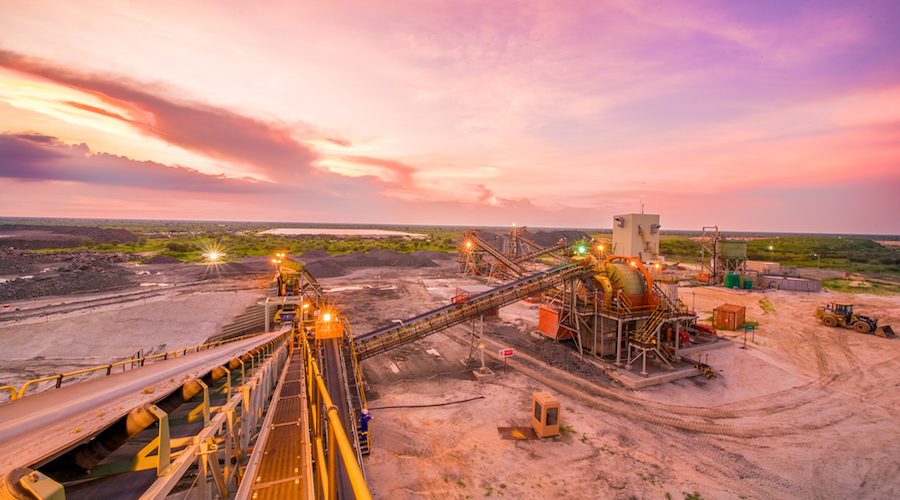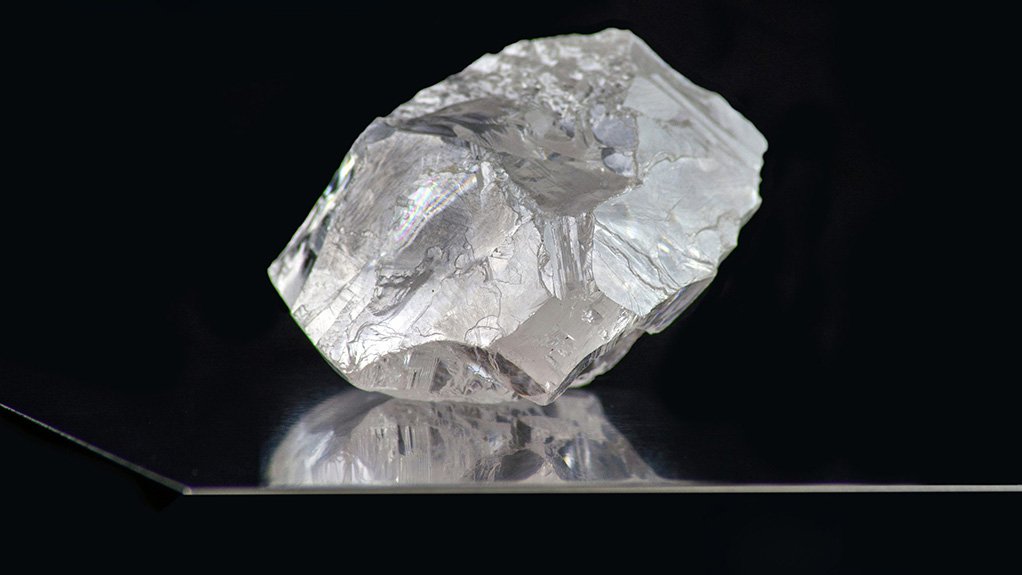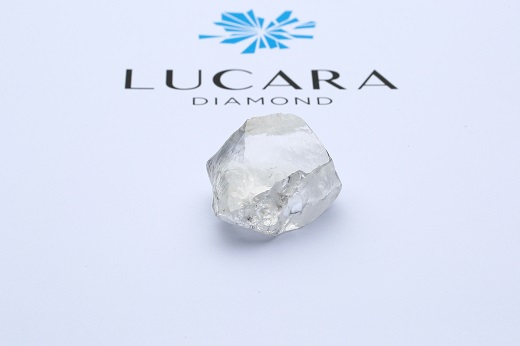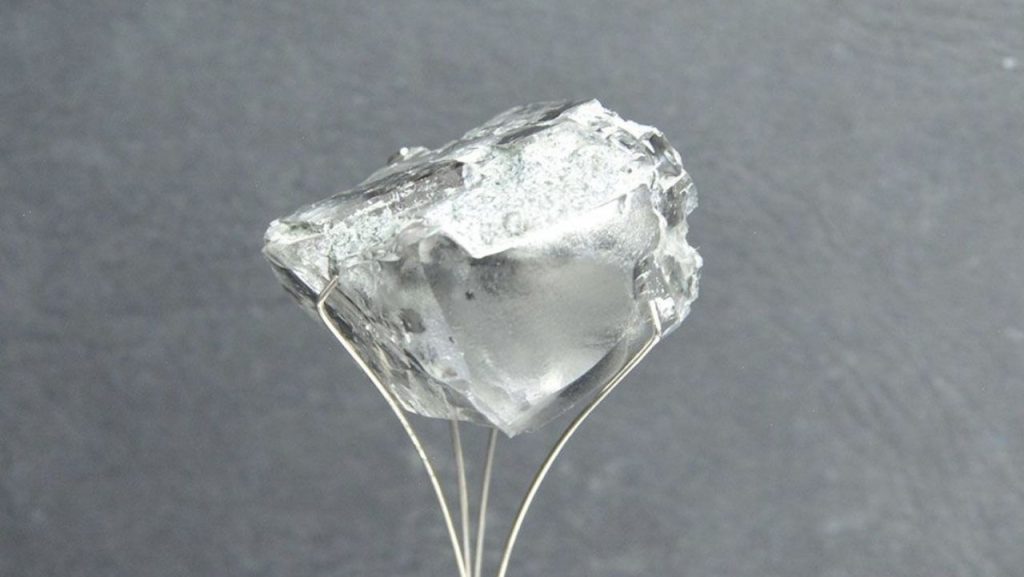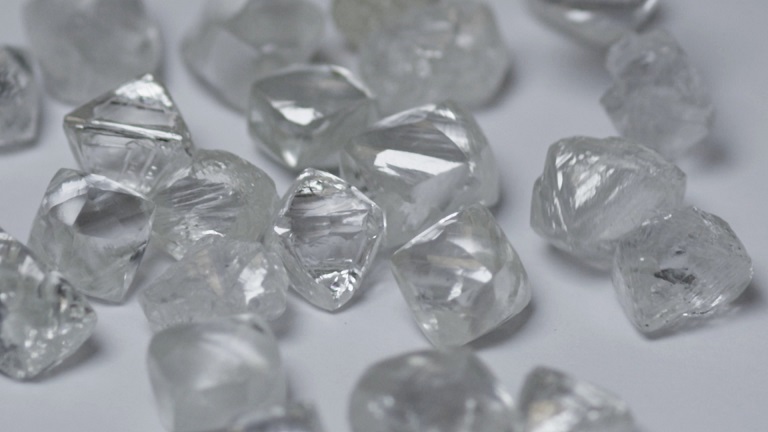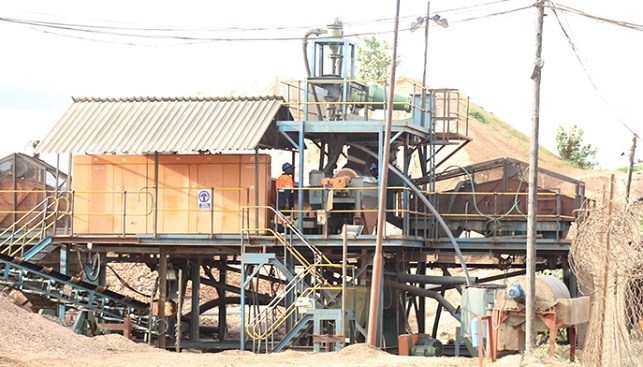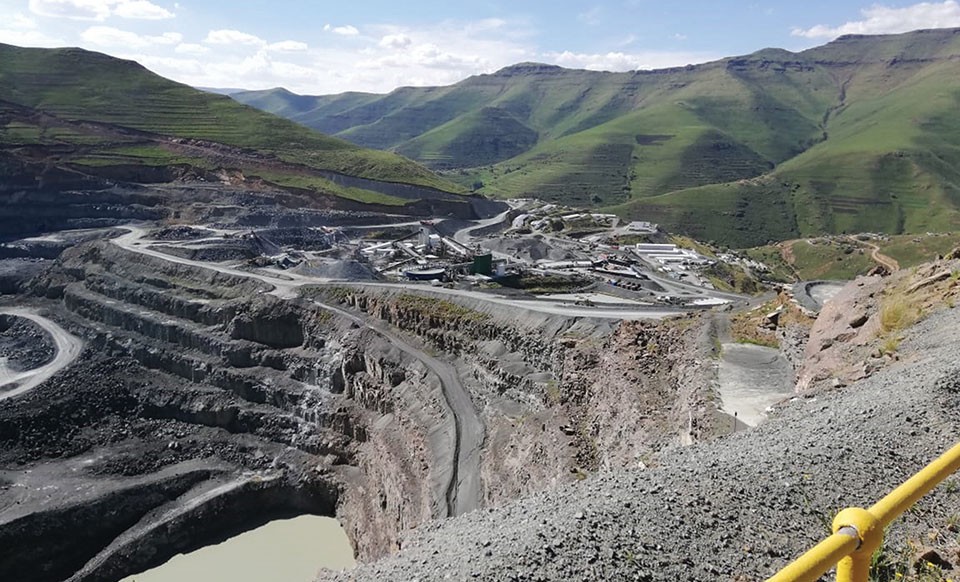
A crisis is unfolding in Lesotho’s diamond-mining heartland as the Storm Mountain Diamonds (Pty) Ltd (SMD) warns that its operations at the Kao Mine could cease without urgent intervention placing nearly 800 jobs and large swathes of local economic activity at serious risk.
What’s happening?
The Kao Mine is operated by Storm Mountain Diamonds, which is jointly owned by Namakwa Diamonds Limited (75 %) and the Government of Lesotho (25 %). The mine is located in the Butha-Buthe district.
In a statement dated mid-October 2025, SMD warned that without government support especially in respect of tax and royalty burdens the mine may be forced to shut operations.
Workers’ union Independent Democratic Union of Lesotho (IDUL) says that nearly 97 % of the mine’s workforce are citizens of Lesotho, and 34 % come from villages surrounding the mine.
The broader context: the global diamond market is weak, prices have fallen significantly and Lesotho’s mining sector is under severe pressure.
Why is this so critical?
The mine is one of Lesotho’s largest private employers. If operations halt, the impact on direct jobs, local procurement, and supporting businesses will be severe.
According to one report, the total economic significance of the mine is more than M1 billion (approx. US$57 million) in local economic activity. (While exact figure in Lesotho maloti not given in all sources, the correspondence to US$57 million was mentioned in the briefing.)
Given the high reliance on the mine in the region, a closure would have knock-on effects: families losing incomes, local shops and services losing customers, and the region’s economy contracting.
Royalties & tax burdens: SMD complains that the flat royalty rate applied even when the mine is loss-making adds cost layers it cannot sustain.
Predictability of investment conditions: The mine accuses the Lesotho Revenue Services (RSL) of not honouring prior mining agreements that guaranteed more stable conditions, thus undermining the investment climate.
Global market factors: The drop in diamond demand especially from major consumer markets and accompanying low prices are dampening profitability.
Cost structure & capital needs: SMD reports that despite an efficiency expansion (a High-Pressure Grinding Roll installation), it faces annual waste-stripping capital needs of around M150 million. Without that, ore reserves will be exhausted.
What is being done?
SMD has informed its workforce of possible cost-cutting measures, including a 30 % reduction in employment costs and a 20 % overall cost cut.
The union (IDUL) is calling on the government’s Ministry of Natural Resources and the Ministry of Trade, Industry & Business Development to immediately engage with SMD and negotiate solutions.
The mine remains operational for now but warns that without urgent lifelines, a shutdown is imminent.
what happens if it shuts down?
Direct job losses: ~800 workers employed by the mine could lose their employment.
Indirect impact: With many workers from surrounding villages, local businesses that serve them (shops, services, transport) will face reduced demand.
Regional economy: The Butha-Buthe district and adjacent areas stand to lose significant economic income tied to the mine’s operations and spend.
National investment climate: A closure could send negative signals to investors in Lesotho’s mining sector emphasising risk in royalty/tax unpredictability and commodity-market exposure.
Comments from the sides
May Rathakane, Secretary-General of IDUL: “For government to watch silently while so many livelihoods hang in the balance is a betrayal of the working class… Lesotho cannot claim to promote investment and industrialisation while suffocating its most productive sectors through bureaucracy and political bias.”
SMD Chairman Robert Cowley: In a memo he said “low diamond prices now appear to be permanent and the company must adapt… the possibility of closure has been actively considered.”
The plight of the Kao Mine is a stark illustration of how commodity-driven regions can face rapid economic distress when global markets shift, and domestic policy burdens accumulate. With hundreds of jobs and millions in local economic activity at stake, the next steps by both the mine’s owners and the Lesotho government could determine whether an important mining operation survives or becomes another employment and investment casualty.
The question now is: will the government intervene in time to shore up the mine and if so, on what terms? Operators and workers alike are waiting.

